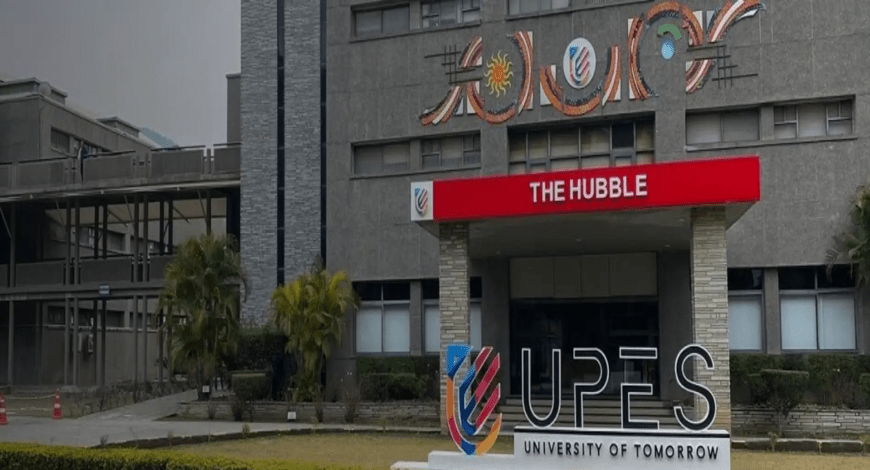- The developed system releases Insulin in response to elevated blood glucose levels, offering a controlled approach to insulin-dependent diabetes treatment and potentially enhancing convenience and safety in diabetes management
A multi-institutional team led by researchers from IIT Bhilai, including scientists from Shiv Nadar Institution of Eminence, Delhi, NCR and Shri Rawatpura Sarkar Institute of Pharmacy, Chhattisgarh, have successfully engineered a novel Insulin-delivery platform.
This hydrogel-based drug delivery system can release Insulin in a controlled manner in response to elevated blood glucose levels- mimicking the natural insulin secretion process of healthy pancreatic cells. The study led by Dr Suchetan Pal, Assistant Professor, Department of Chemistry, IIT Bhilai, promises a safe and efficient method of supplying Insulin to insulin-dependent diabetic patients.
Highlighting the limitations of current Insulin injection methods, Dr Suchetan Pal, Assistant Professor, Department of Chemistry, IIT Bhilai said, “Current insulin injection methods have some limitations. They do not work quite like the body’s natural system and can be fatal. The current Insulin injection methods can also make blood sugar levels drop dangerously low and patients might have to rely on them forever.”
Seeking improved methods of insulin delivery, the researchers at IIT Bhilai explored the innovative application of hydrogels. Hydrogels are biocompatible polymers that are characterised by high water content and are being studied for controlled drug release in various medical fields including cardiology, oncology, immunology, wound healing, and pain management. The researchers encapsulated insulin in specially designed hydrogels that can be administered instead of direct insulin injections.
Drawing inspiration from the body’s natural insulin secretion process triggered by glucose, the team designed the hydrogels such that they would release insulin when glucose levels are elevated. This was achieved by crosslinking polyvinyl alcohol with tiny particles of chitosan, an ingredient derived from shellfish and crabs’ outer skeletons. The crosslinker, formylphenylboronic acid (FPBA), responds to glucose levels and releases the insulin that is encapsulated inside the hydrogel.
Through comprehensive experiments involving small-molecule drug analogs and macromolecular insulin, the team demonstrated that the hydrogels released insulin predominantly under hyperglycemic (high glucose) conditions. The safety and antidiabetic efficacy of insulin-loaded hydrogels were confirmed through tests in a type I rat model.



